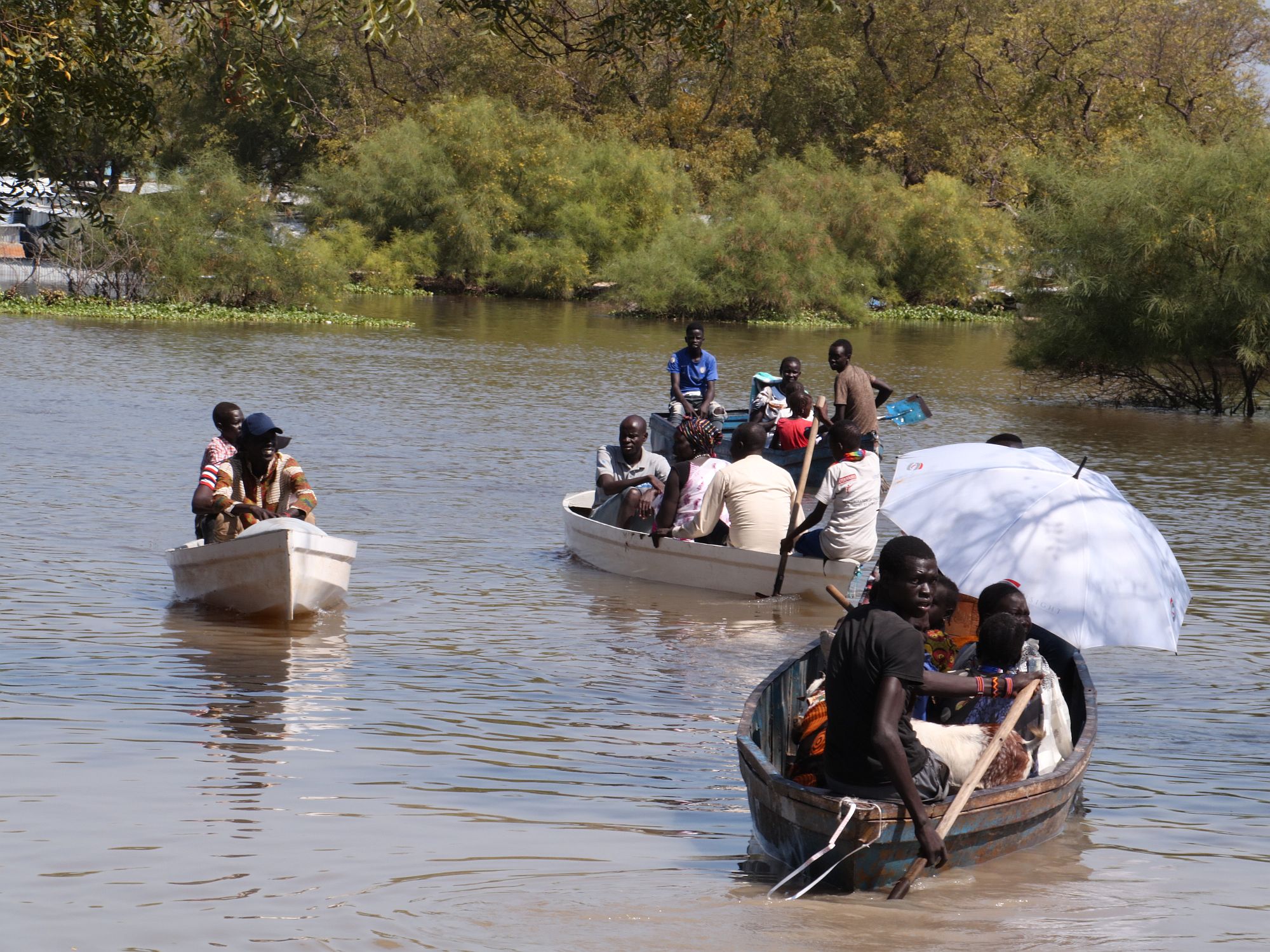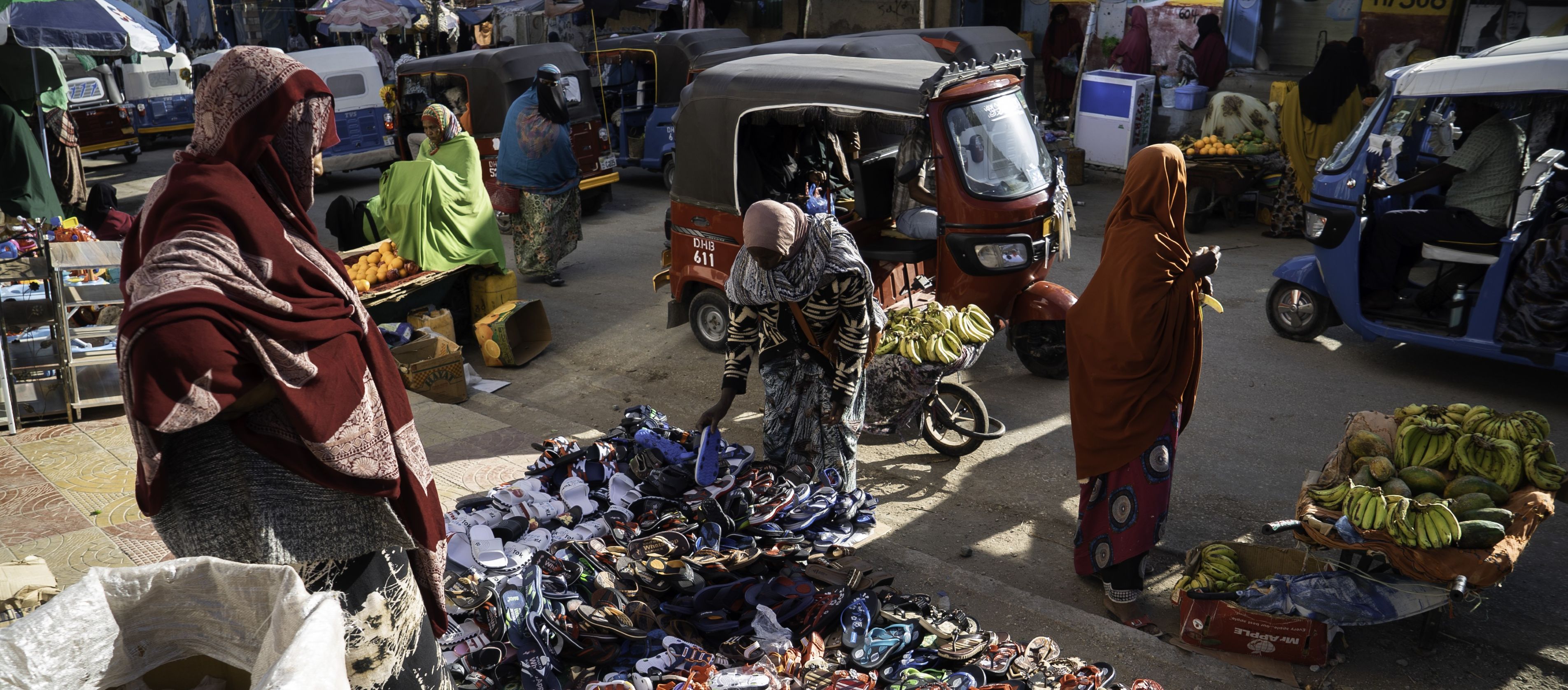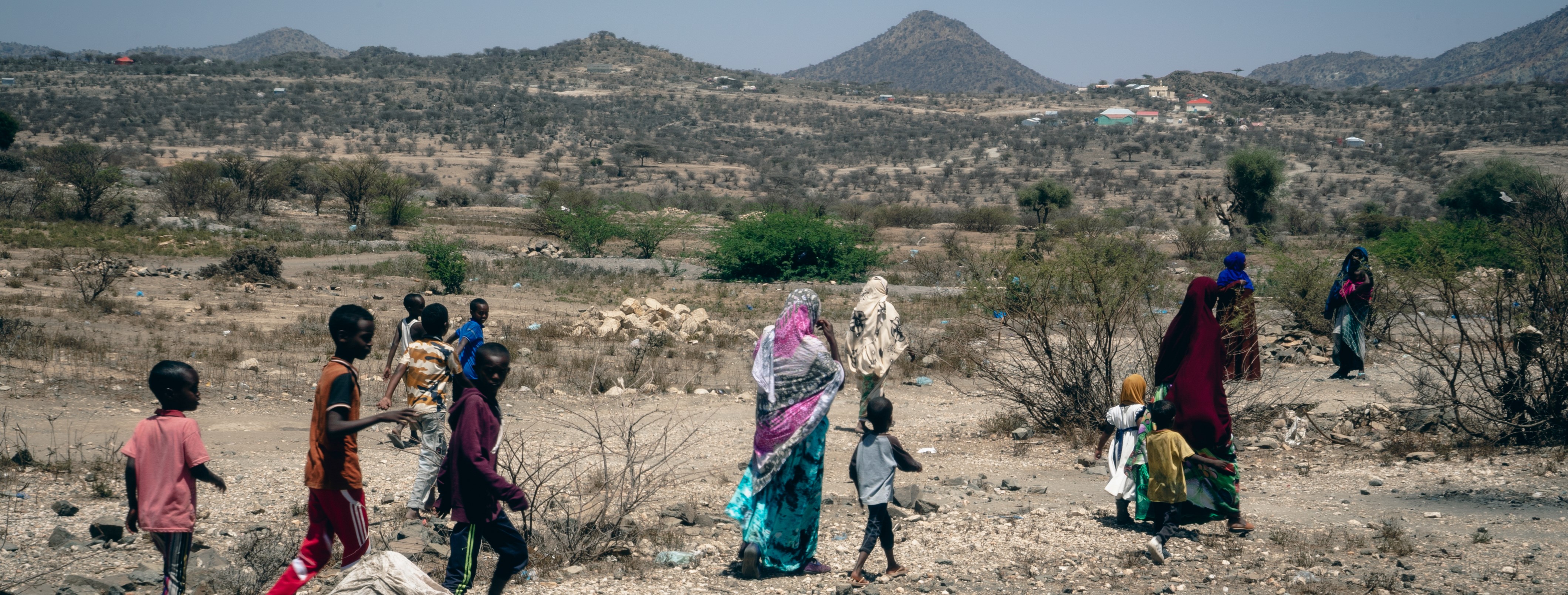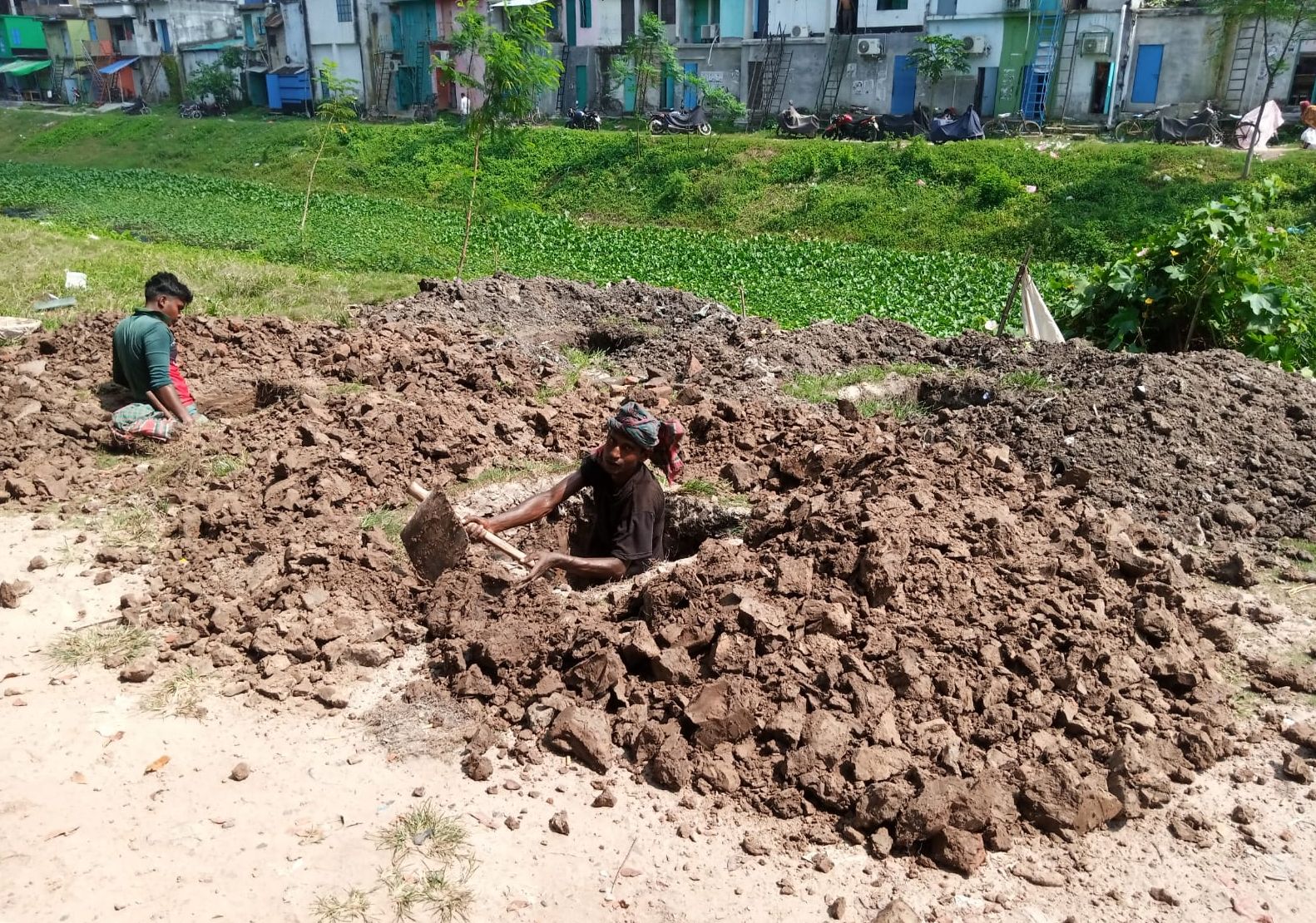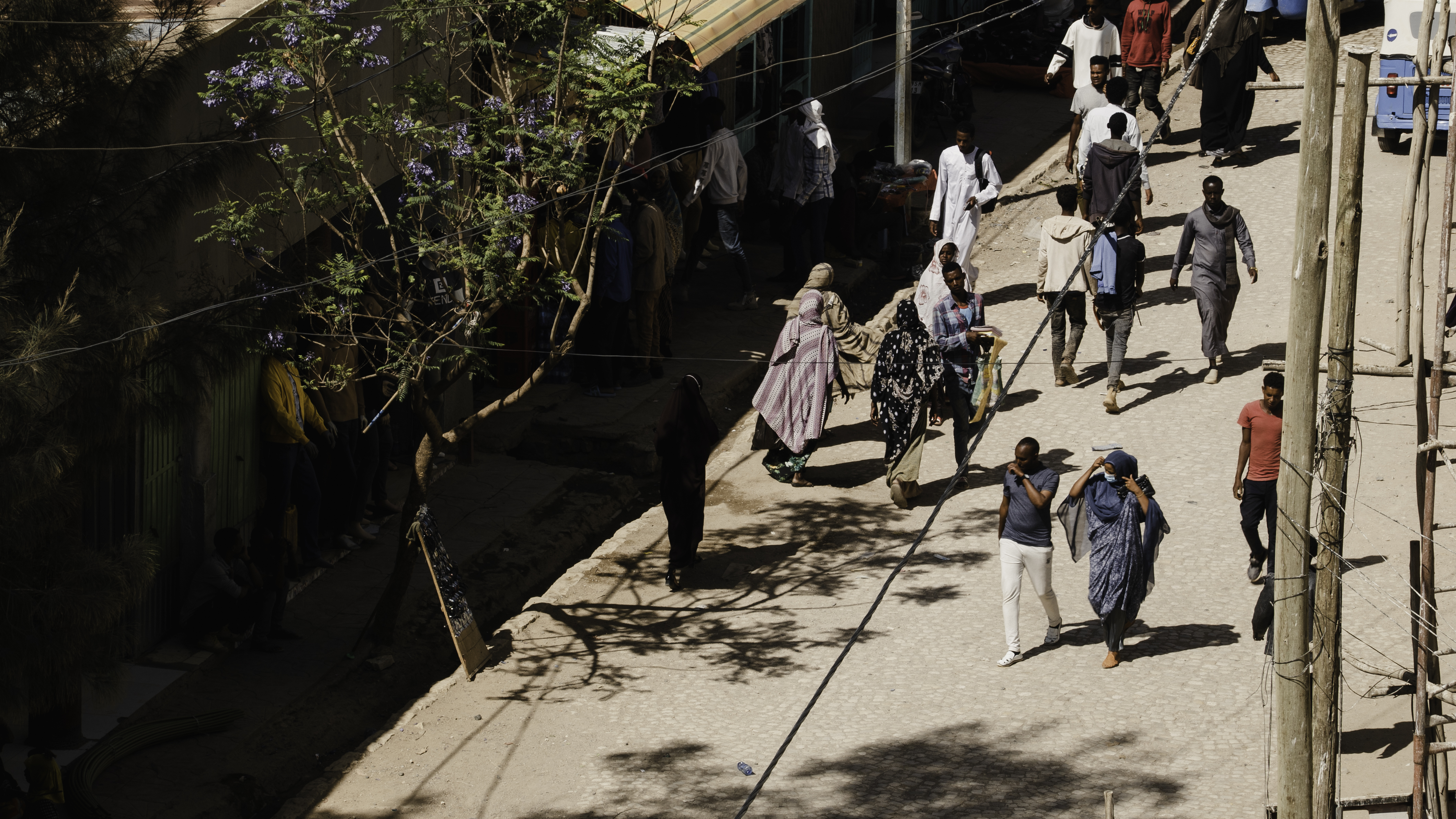Global displacement is rising, and today around 80 million people in the world – one out of every 95 – are displaced. Many flee due to conflict, but growing numbers are forced to move for climate reasons.
Although data on climate-related migration is scarce, the Internal Displacement Monitoring Centre estimates that from 2010–2019, 23.1 million people were displaced because of weather-related events such as drought, flooding, and sea level rise.
Where do these migrants go? In line with the global trend of increasing urbanisation, they are moving to the nearest safe city, town or peri-urban area – many of which are already severely under-resourced and struggling to provide services to their burgeoning populations.
Despite the challenges, secondary cities in Sub-Saharan Africa are taking action to integrate climate-induced displaced people, tap into the potential they represent for local economic growth, and mitigate the impact of climate change over the long term.
They cannot afford to wait. With the projected urbanisation over the next 30 years in sub-Saharan Africa, without environmental planning, cities will contribute negatively to climate change and risk in both urban and rural areas will increase, triggering more displacement.
With adequate planning, cities can set a trajectory for sustainable growth that will help mitigate climate change.
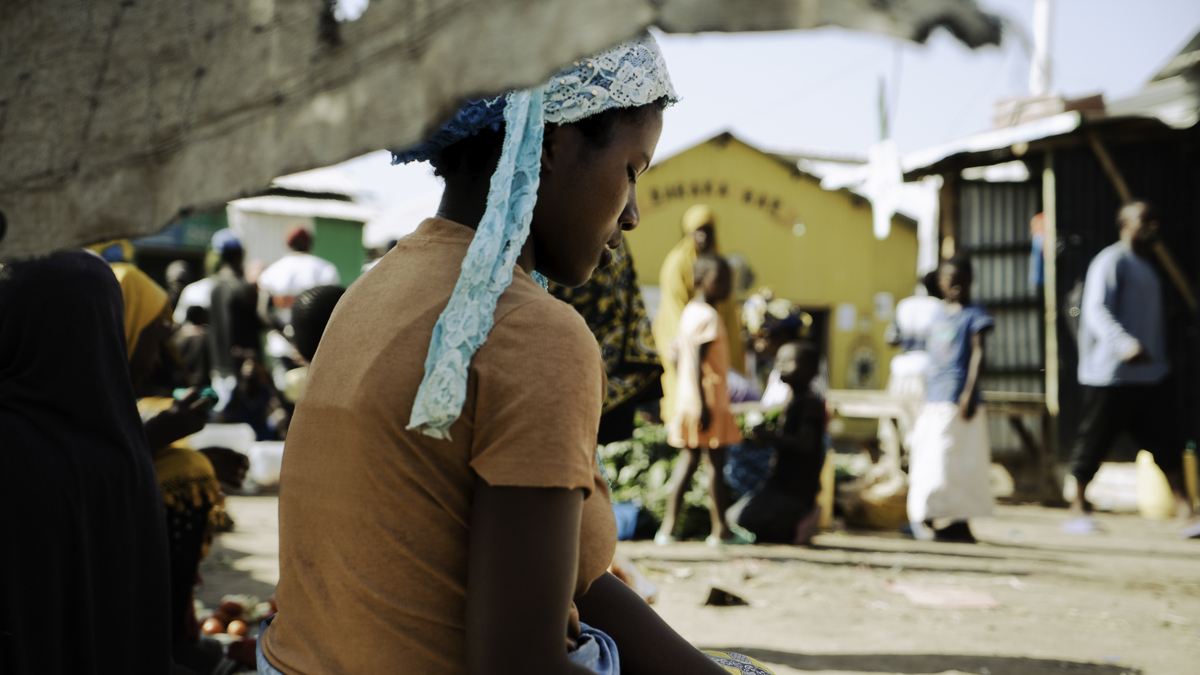
Strategies for City Planning
With funding from the Swiss Agency for Development and Cooperation (SDC), the Cities Alliance Migration Programme is producing new evidence on climate-related urban migration and secondary cities through research and pilot programming. Some of the key strategies emerging from this work include:
-
Engage city actors in planning and decision-making: This helps ensure that initiatives are funded and implemented locally and provides insights into the needs of displaced people and host municipalities. Examples include regular stakeholder meetings and consultations before programming is decided, and locally run pilot programmes. Local engagement and facilitated peer learning among cities can help local authorities and communities increase their experience and space for action in future displacements.
-
Estimate climate-related migration: Climate-resilient urban expansion planning can give city leaders information about likely climate risks in their area and the probability they might lead to sudden inflows of people. It can also help municipalities create a framework for adaptation and mitigation investments and guide growth away from high-risk areas by offering alternative sites. The plans can pinpoint areas where growth is likely and add predictability and scope to the long-term urban growth process. They can highlight existing water supply areas, consider future water storage and extraction needs, and protect surface water supplies.
-
Design an arterial network: A grid can help protect water supplies, improve drainage, and safeguard other vital links, reducing flooding and maintaining connectivity and basic services during extreme events. A well-designed grid can also help municipalities prevent repeated displacements by carrying major drainage lines that ferry water away from neighbourhoods. Road rights-of-way and environmentally sensitive zones can be aligned to accommodate existing drainage patterns and promote infiltration of stormwater to help recharge groundwater sources.
-
Focus on durable solutions: Under-resourced municipal governments tend to provide only immediate and temporary solutions to climate-induced migrants. Many displaced people end up in poorly constructed urban camps and informal settlements, often in high-risk areas, which increases the risk of re-displacement.
-
Plan for inclusion: When assessing the vulnerability of informal settlements, city leaders increasingly identify areas with good access to the job market, provide arterial roads and urban infrastructure if there is a possibility the land will be settled, and formalise them via land tenure. To support the integration of migrants, more cities are looking beyond labour market policies and focusing on how cities are planned and managed more broadly.
-
Support labour markets: More information, less red tape for businesses, and forward planning can help cities provide better urban infrastructure, services, and jobs. Cities respond to residents’ needs through stronger finances, capacities, and citizen engagement to generate employment and build cohesive communities. When divisions are strong, cities can target migrants with actions that improve living standards for both migrant and host communities.
-
Consider a circular economy approach: Informal settlements and their economies are a good basis from which to transition to more circular approaches that can support climate mitigation and create economic opportunities for vulnerable groups. An integrated approach can also connect the circular economy to local livelihoods, skills, and learning, creating co-benefits of climate mitigation and socio-economic development.
-
Provide migrants with new skills. Many migrants displaced for climate-related reasons lack the skills necessary for urban life, such as displaced pastoral nomads who have lost their livelihoods to drought. It is important to identify opportunities for these migrants to pursue income-generating activities and provide the requisite training and reskilling.
Cities Taking Action
In Jigjiga, Ethiopia, a multi-year drought has led to a partial collapse of the pastoralist economy and driven people to the city, mostly to informal settlements on the urban edge. The growing city is encroaching on the small man-made reservoir which Jigjiga depends on for water. When Jigjiga was preparing its urban expansion plan, it became clear that the city would soon surround the reservoir and water supply infrastructure, increasing the risk of water supply contamination. Planners are now working to guide growth away from that area by providing land for expansion to the west of Jigjiga.
Gabiley, Somalia has seen a recent increase in both rural-urban migration due to climate change and refugee arrivals from Ethiopia. To address these challenges, the municipality is working with Cities Alliance and the Somaliland Refugee Agency to create reception arrivals for refugees and eventually develop a planned settlement that ensures the basic needs of forcibly displaced people are met, including providing more resources for climate-induced displaced people.
Baidoa, Somalia is a major settlement area for IDPs fleeing drought and conflict. The municipality is responding to displacement by strengthening municipal institutions, increasing resilience through emergency preparedness, and exploring durable solutions for displaced people, including making public land available for temporary and long-term facilities and providing IDPs with land tenure documents to avoid forced eviction. Baidoa also created a Community Action Plan to promote social cohesion.
Additional Resources
- Managing Migration and Urban Expansion in Secondary Cities: Planning For Equity and Growth in Future Cities by Patrick Lamson-Hall, Shlomo Angel, and Tsigereda Tafesse
- Climate-resilient Urban Expansion Planning by Patrick Lamson-Hall and Shlomo Angel
- Climate-induced Displacement to Secondary Cities in Eastern and the Horn of Africa: What Do We Know? by Evan Easton-Calabria, Delina Abadi, and Judy Park
- Urban Refugees and IDPs in Secondary Cities: Case Studies of Crisis Migration, Urbanisation, and Governance by Evan Easton-Calabria, Delina Abadi, Gezahegn Gebremedhin, Jennifer Wood
- Improving Local Governance in Forced Migration: Case Studies and Considerations from East Africa by Evan Easton-Calabria, Delina Abadi, Jennifer Wood
- Migrants, Markets and Mayors: Rising Above the Employment Challenge in Africa’s Secondary Cities by Luc Christiaensen and Nancy Lozano Gracia /The World Bank
- Seizing the Opportunity: Rapid Urbanisation and the Circular Economy by Arup and Cities Alliance

